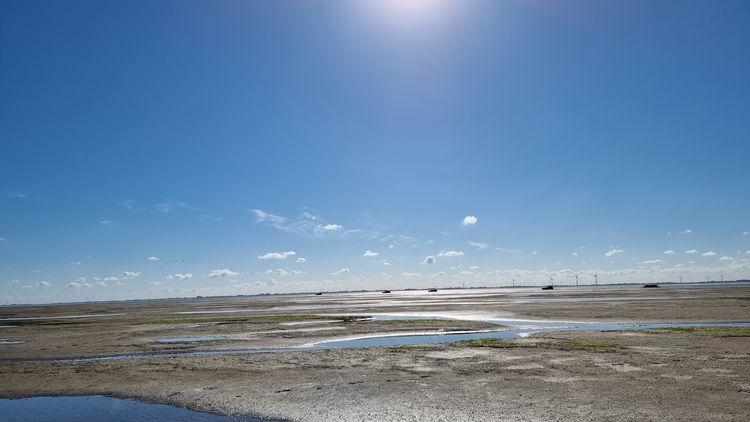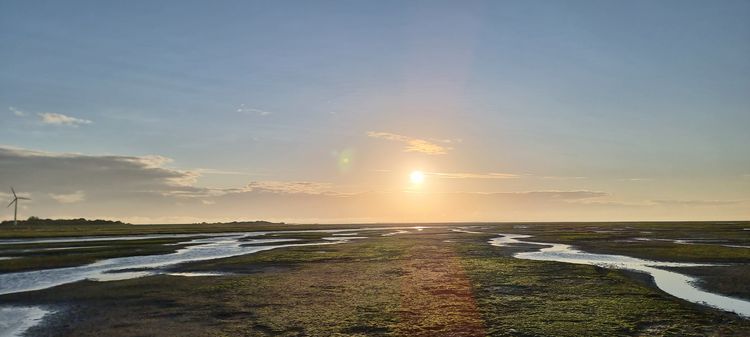Contact
Principal Investigators
PhD-Students
Subproject 4
Spatial and temporal dynamics of microbial communities under environmental perturbation
In our project we investigate the dynamics of Microphytobenthos (MPB) and bacteria in the tidal flats of Spiekeroog. MPB and their associated prokaryotes provide the basis of the benthic food web in shallow coastal marine sediments and are through the macrozoobenthos(SP5) linked to higher trophic levels like fish and birds. These microbial communities are highly variable in biomass and composition on temporal and spatial scales.
Especially the eulittoral is characterized by rapidly changing environmental conditions induced by the tides and frequent disturbances such as heatwaves or storm floods. Based on their large trait variation, microbial communities use various strategies to cope with this variable environment, including vertical migration in the sediment. However, there is still a substantial lack of understanding of how species interactions relate to trait distribution of spatially structured communities in such dynamic landscapes, hampering our predictive capacity of how these communities will respond to environmental change.
In the second phase of DynaCom, our project therefore pursues two major goals: 1) to evaluate the effect of natural environmental fluctuations and stochastic disturbances on the temporal and spatial trait-based distribution and functioning of microbial communities in a benthic marine food web of the backbarrier tidal flat on Spiekeroog, and 2) to specifically understand the trait-based interactions of MPB, prokaryotes and macrozoobenthos consumers (MZB, SP 5) in response to a heatwave, given the large functional relevance of microbial food webs in the Wadden Sea ecosystem under global change. We will conduct field sampling campaigns in the tidal flat on Spiekeroog in spring and summer of the first year of the project to determine spatial (vertical in the sediment) and temporal (over diurnal and tidal cycles) turnover of microbial communities and MZB (in collaboration with SP 5) in the highly variable eulittoral and the more stable sublittoral zone. Mesocosm experiments will then serve to investigate changes in the interactions between prokaryotes, MPB and MZB in response to a heatwave under different grazing regimes (grazers differing in mobility and stress-adaptation). Accompanying laboratory bioassays will be conducted to derive specific traits of the organisms (e.g. temperature tolerance, edibility) to foster our understanding of the interactive dynamics observed in the mesocosm experiments and in the field. Furthermore, we will determine the stability of microbial communities at the experimental islands on Spiekeroog in response to physical disturbances induced by winter storms and tidal forcing after the deconstruction of the wave breakers in the last phase of the project.



